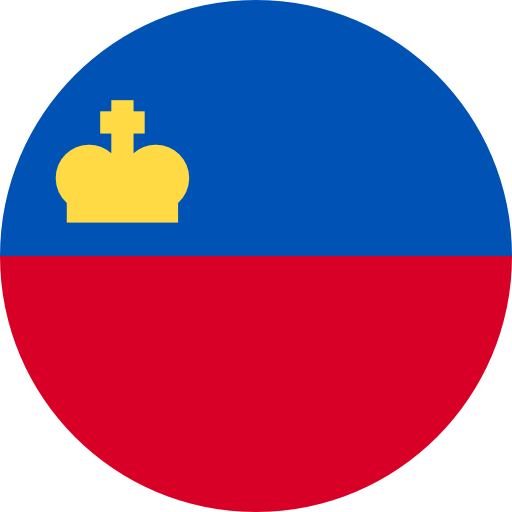
- Home
- Coin Values
- Regions
- Spot Silver Price: $37.78

Silver coins were in regular circulation in Liechtenstein. The values below represent the intrinsic value of silver coins from Liechtenstein.
Liechtenstein silver coins that are in uncirculated condition, or that may be rare and collectible may also have numismatic value. You can use this table as a guide when buying and selling circulated silver coins from Liechtenstein.
The melt values are calculated and displayed in USD based on the today's silver spot price of $37.78 per troy ounce.
| Denomination / Currency | Years Minted | Fineness | Gross Weight (g) | ASW (g) | ASW (oz t) | Melt Value |
|---|---|---|---|---|---|---|
| 1 Krone | 1900- 1915 | .835 | 5 | 4.18 | .1342 | $5.07 |
| 2 Kronen | 1912- 1915 | .835 | 10 | 8.35 | .2685 | $10.14 |
| 5 Kronen | 1900- 1915 | .900 | 24 | 21.60 | .6945 | $26.24 |
| 1/2 Frank | 1924 | .835 | 2.5 | 2.09 | .0671 | $2.54 |
| 1 Frank | 1924 | .835 | 5 | 4.18 | .1342 | $5.07 |
| 2 Franken | 1924 | .835 | 10 | 8.35 | .2685 | $10.14 |
| 5 Franken | 1924 | .900 | 25 | 22.50 | .7234 | $27.33 |
Liechtenstein, a small European principality nestled between Switzerland and Austria, has a rich history of coinage that reflects its unique political and economic evolution. Silver coins, in particular, have played a significant role in the country's monetary history.
In the early days, Liechtenstein did not mint its own coins. The principality used coins from neighboring regions, such as the Holy Roman Empire, Switzerland, and Austria. These coins were typically made of silver and were widely accepted due to their intrinsic value.
During the 19th century, Liechtenstein, under the rule of the House of Liechtenstein, began to establish its own monetary system. In 1862, Liechtenstein entered into a customs and monetary union with Austria-Hungary. As a result, the Austrian Gulden and later the Krone became the official currencies, both of which included silver coinage.
In the 20th century, following the collapse of the Austro-Hungarian Empire after World War I, Liechtenstein entered into a monetary union with Switzerland in 1924. The Swiss Franc became the official currency, and Swiss silver coins circulated within Liechtenstein.
Although Liechtenstein does not mint its own currency, it has issued commemorative silver coins on special occasions. These coins are typically produced in limited quantities and hold significant value for collectors. For instance, the principality has issued silver coins to commemorate anniversaries of the ruling family, national events, and cultural milestones.